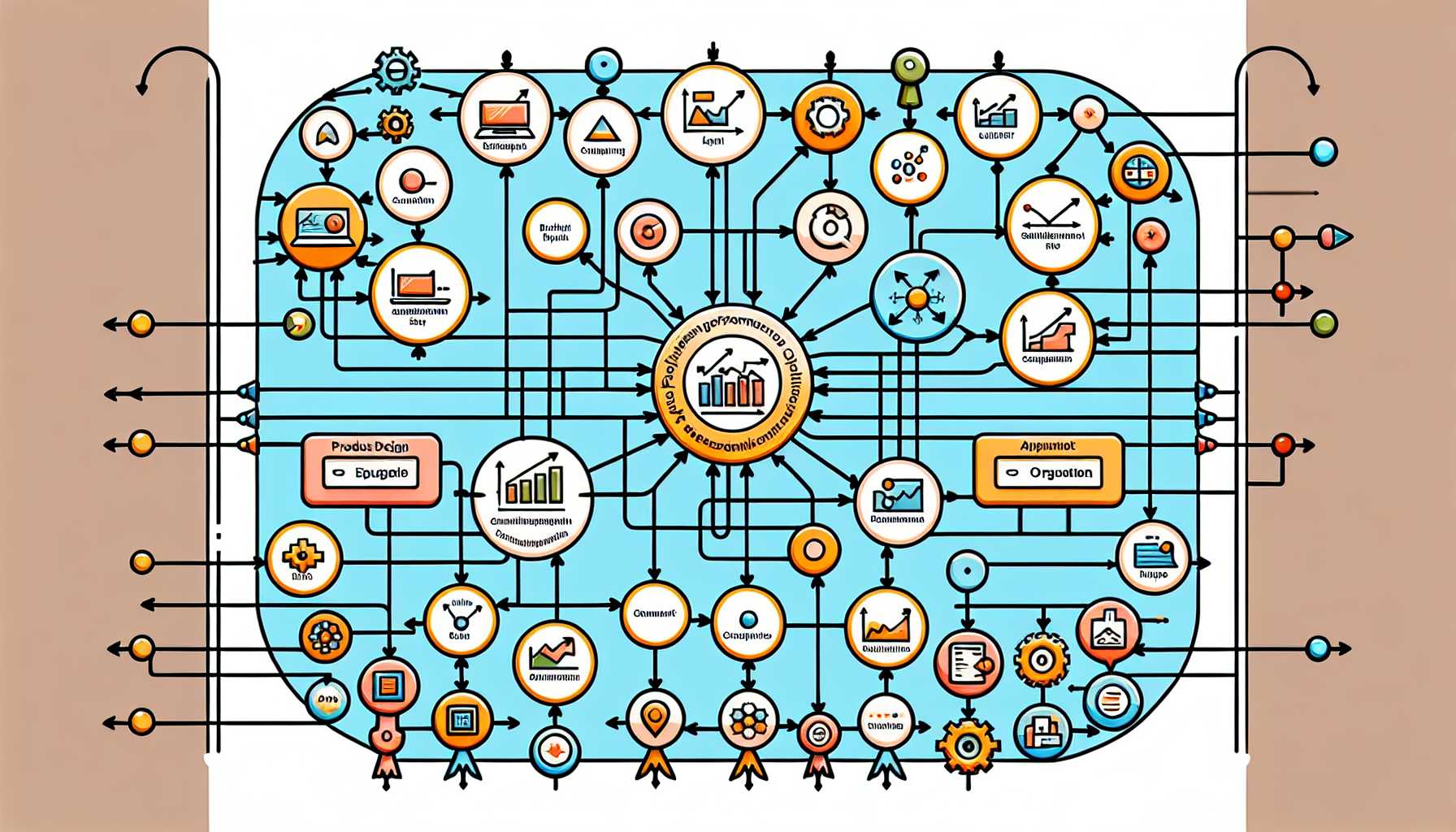Welcome to another edition where we delve deep into the intricacies of product management. Today, my focus is on a pivotal aspect that can make or break the success of a software product – Key Performance Indicators (KPIs). After years of leading products from ideation to market leadership, I’ve come to realize the importance of an effective KPI setting and tracking process. I’ll be sharing my personal experience and the frameworks that have guided me through various product journeys.
The KPI Foundation: Setting the Right Goals
The journey of defining and tracking KPIs begins with goal-setting. This might seem elementary, but it’s surprising how many organizations either skip this step or don’t give it the attention it deserves. Your KPIs are directly tied to your business goals. Therefore, your first task is to have a clear understanding of your product’s objectives. These could range from increasing user engagement, improving customer satisfaction, scaling the user base, or driving revenue growth.
In my tenure, I learned that applying the SMART criteria (Specific, Measurable, Achievable, Relevant, and Time-bound) ensures your goals aren’t just aspirations, but tangible outcomes you can pursue.
Diving into Data: Identifying Relevant KPIs
Once the goals are set, the next step is to identify which KPIs will serve as a beacon to gauge your progress. This can be particularly challenging as there’s often a temptation to track everything. In one of my past roles, we fell into this trap, swamping ourselves with data that was more noise than signal. It took discipline, but we refocused on KPIs directly linked to our core objectives. Tools like the HEART framework (Happiness, Engagement, Adoption, Retention, and Task Success) by Google have been instrumental in this respect.
Choosing the Right KPIs: A Balancing Act
Remember that the KPIs you choose must maintain a delicate balance; they should not only reflect short-term achievements but also long-term strategic goals. Vanity metrics can be seductive because they make you feel good, but they may not offer real insights into performance. In another venture, when we shifted focus from sign-ups (a vanity metric) to active users, we were able to align our efforts better towards sustainable growth.
Tracking KPIs: Tools and Process
With your KPIs defined, next is setting up a system for tracking them. Throughout my career, I’ve relied on various tools ranging from bespoke dashboards to comprehensive platforms like Google Analytics, Mixpanel, and Tableau. The aim is to have a central repository where KPI data can be dynamically tracked and easily accessed.
An important lesson I learned early on is to democratize access to these KPIs. Everyone from developers to marketing should have visibility. It fosters a data-driven culture and ensures that teams can see the direct impact of their work on product outcomes.
Setting Up a KPI Review Cadence: Keeping the Pulse
A crucial part of the KPI tracking process is the review cadence. At my last company, we established weekly, monthly, and quarterly KPI reviews. This enabled us to spot trends, understand anomalies, and make informed decisions fast. It’s vital to ensure these KPI check-ins encourage open dialogue and are not just report-reading sessions.
When KPIs Change: The Iterative Approach
A conversation about KPIs isn’t complete without mentioning that they’re not set in stone. As the product and market evolve, so too will your KPIs. At one of my startups, the pivot of our product required us to reassess our KPIs, which was a turning point for the business. It’s imperative to stay agile and adjust your KPIs as your product strategy evolves.
Lessons from the Front Line:
Here are some actionable takeaways from my experience that I hope can guide you as you define and track KPIs for your product:
- Engage teams across the organization in setting and understanding the importance of KPIs.
- Regularly review your KPIs – they should reflect current objectives and may need to evolve as your product does.
- Use KPIs as a communication tool to align your organization and ensure that everyone is moving in the same direction.
- Don’t be afraid to admit when a KPI isn’t working and be ready to pivot when necessary.
To encapsulate our discussion on a visual note, I propose an image that captures the essence of a data-driven product management environment, such as an organigram-like illustration of the KPI tracking process, showing its interconnected nature with various departments while highlighting the key stages we’ve discussed.
There’s much more to KPIs but too little space here. I encourage you to dive deeper, reach out with questions, or share your own experiences in the comments below.

